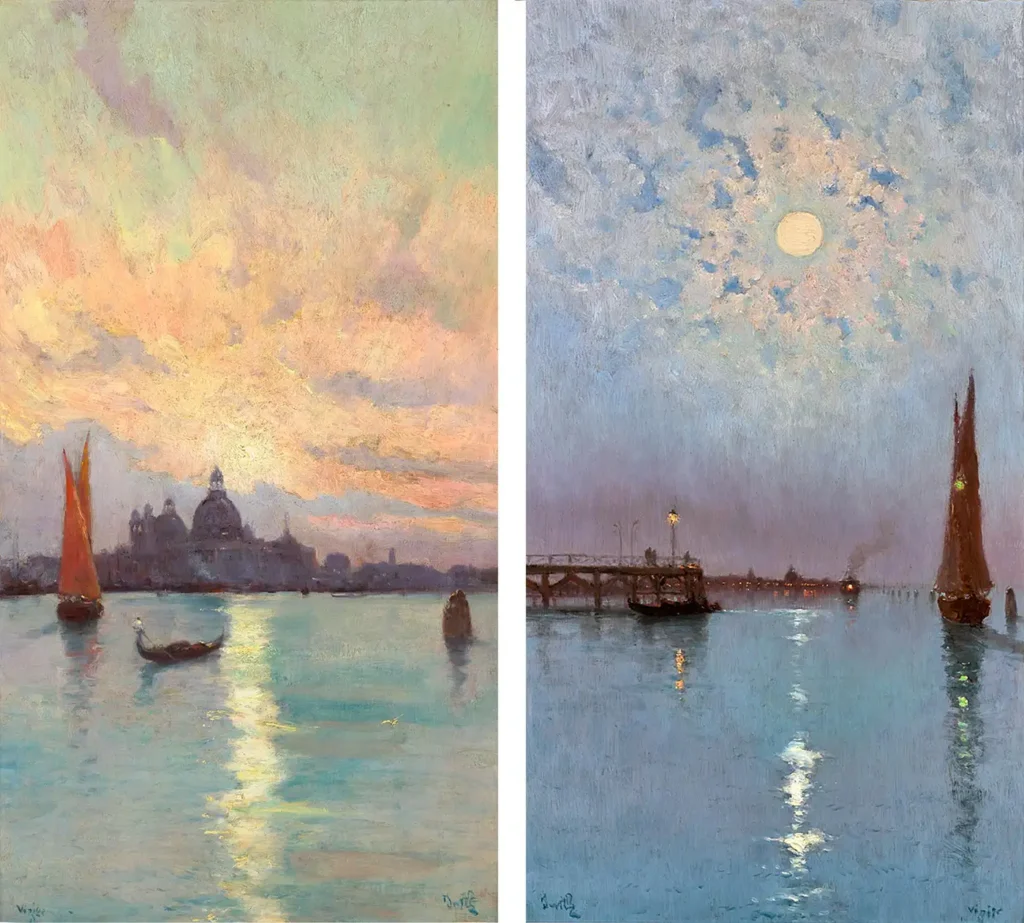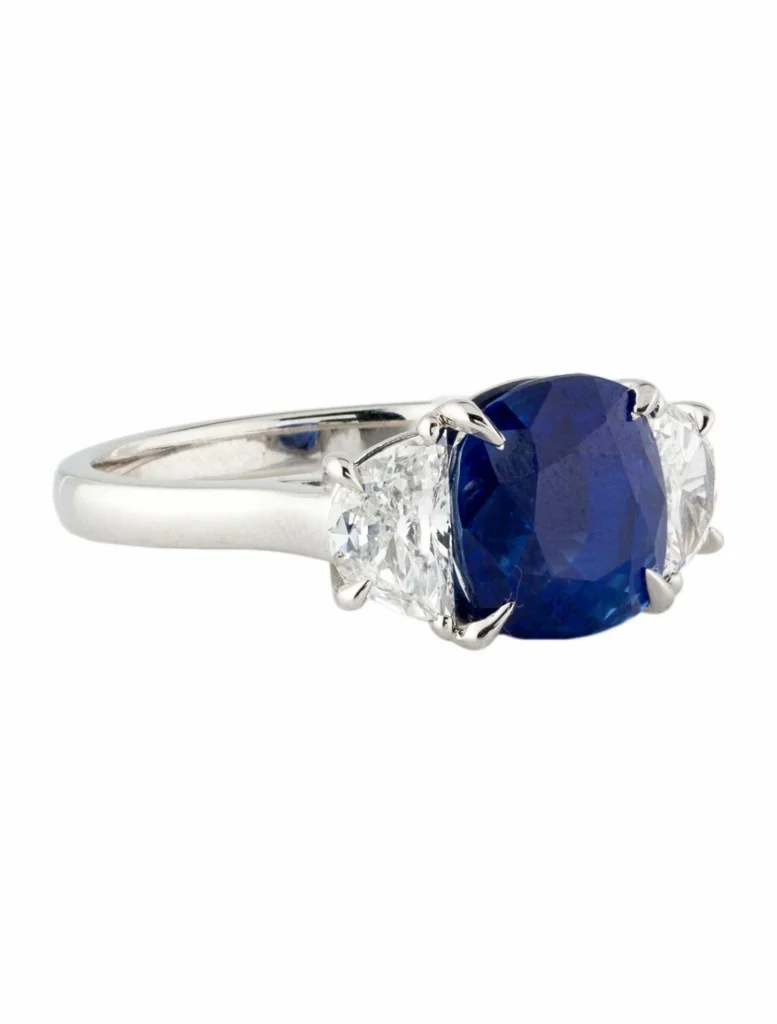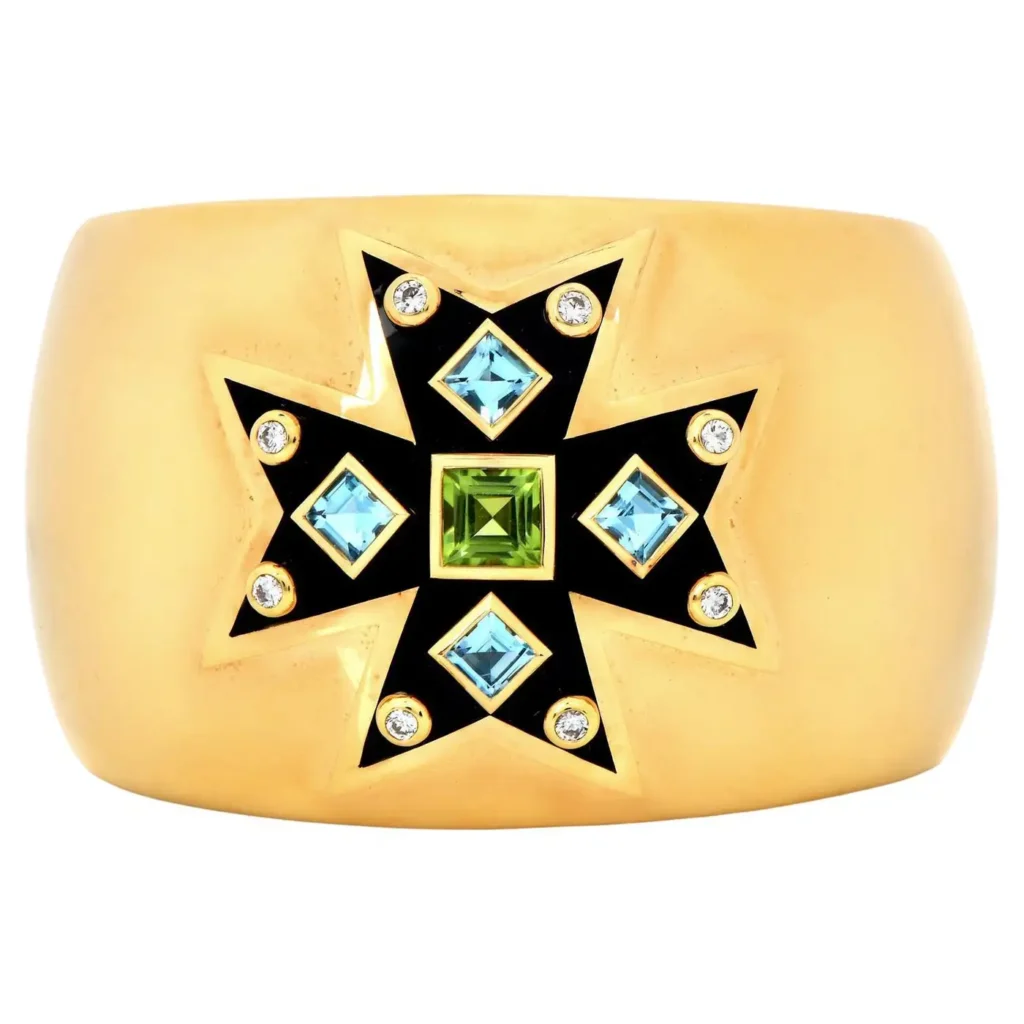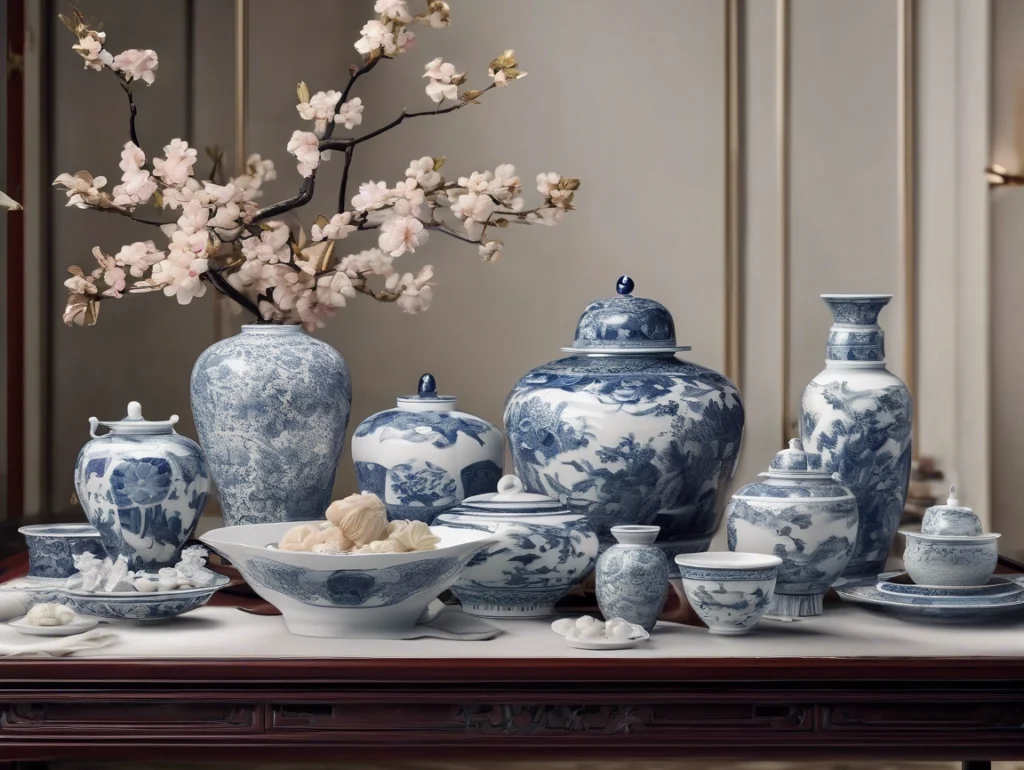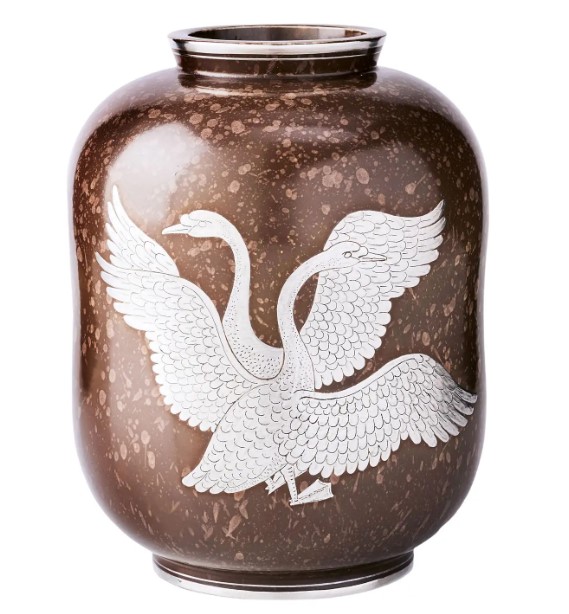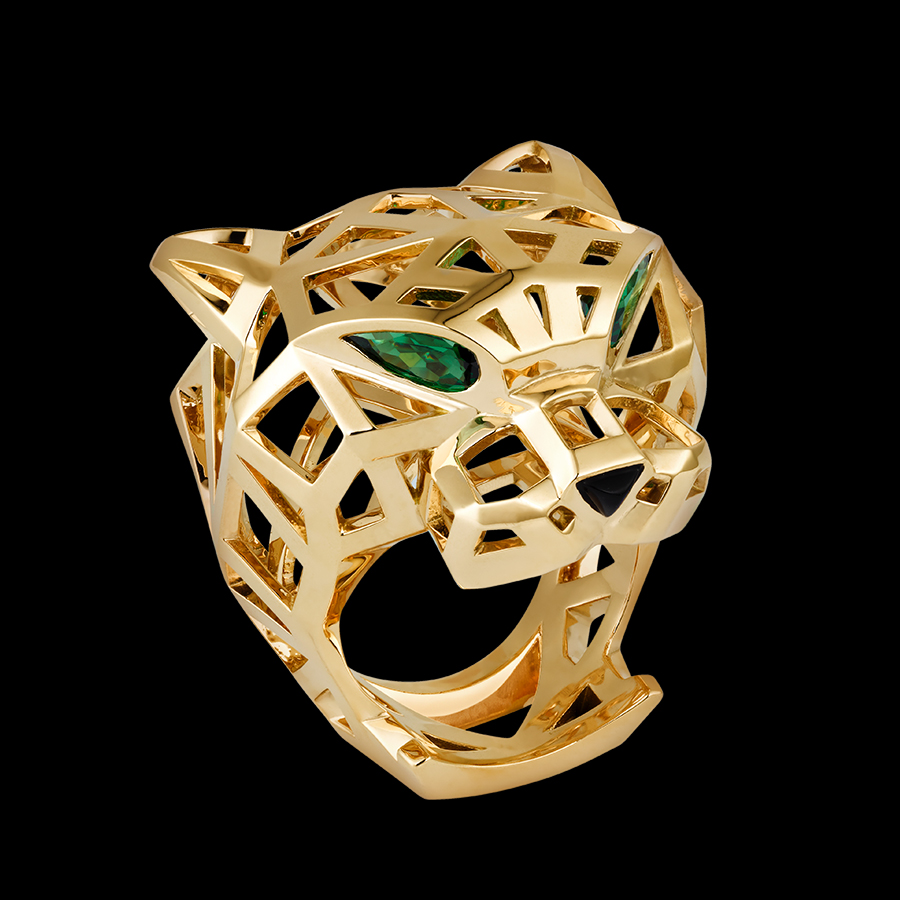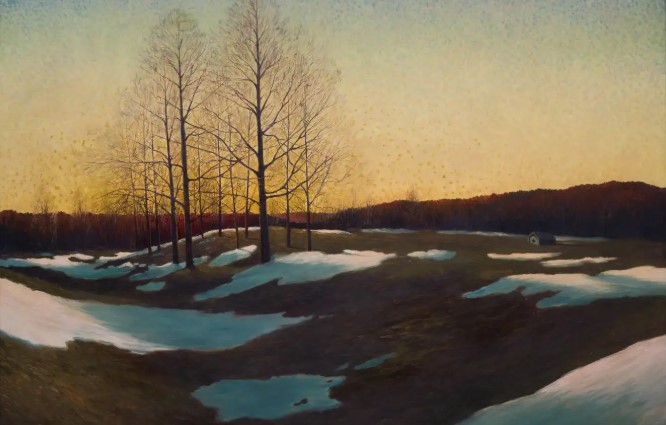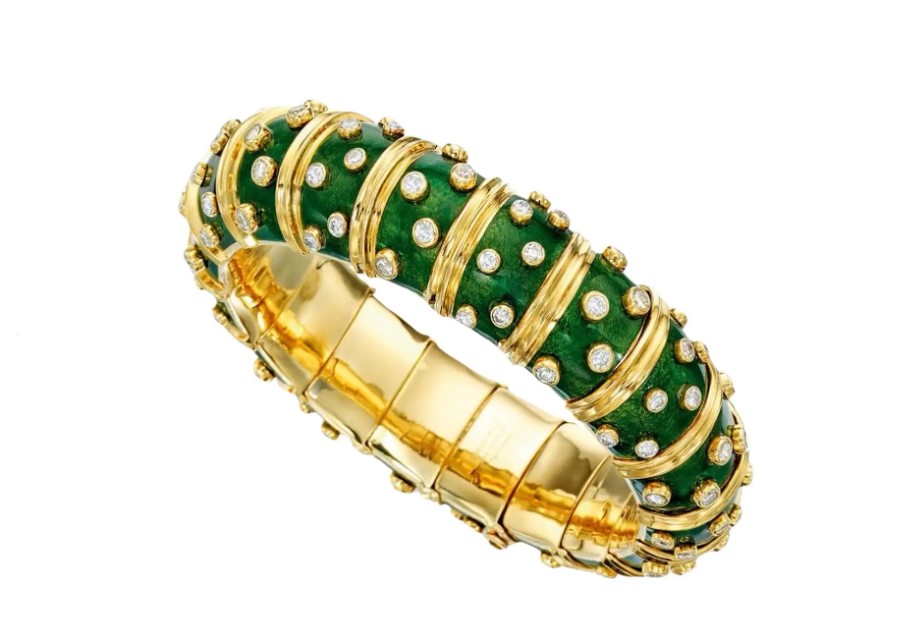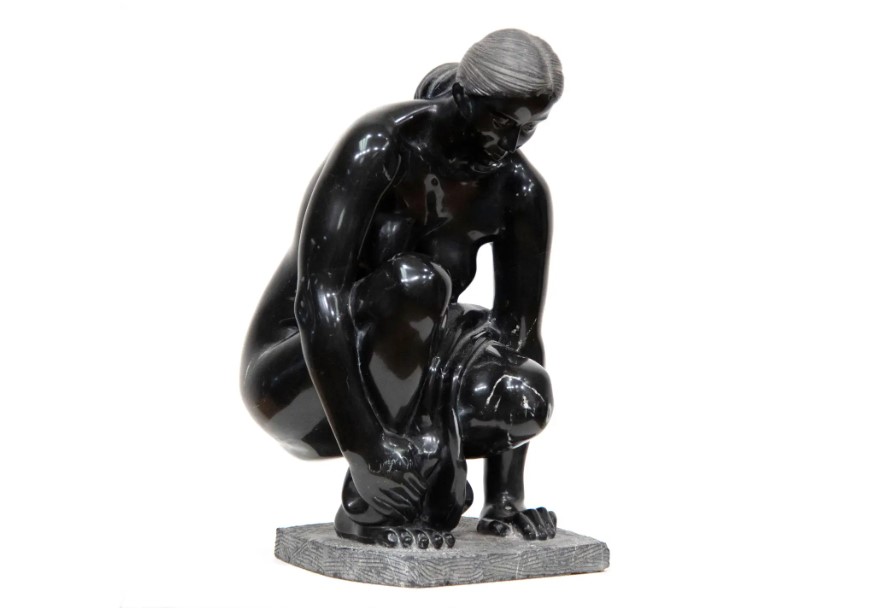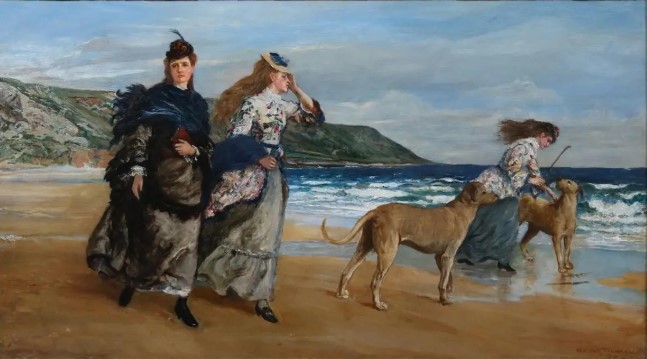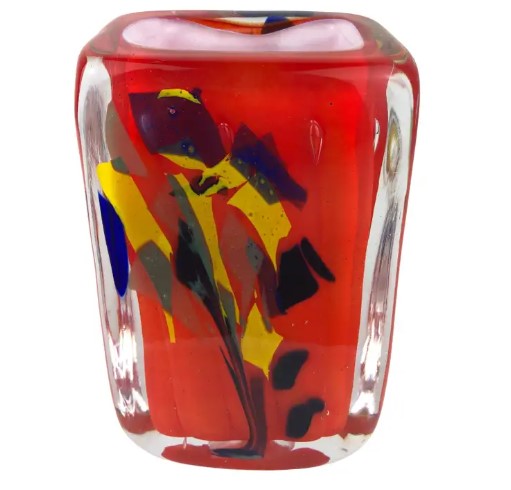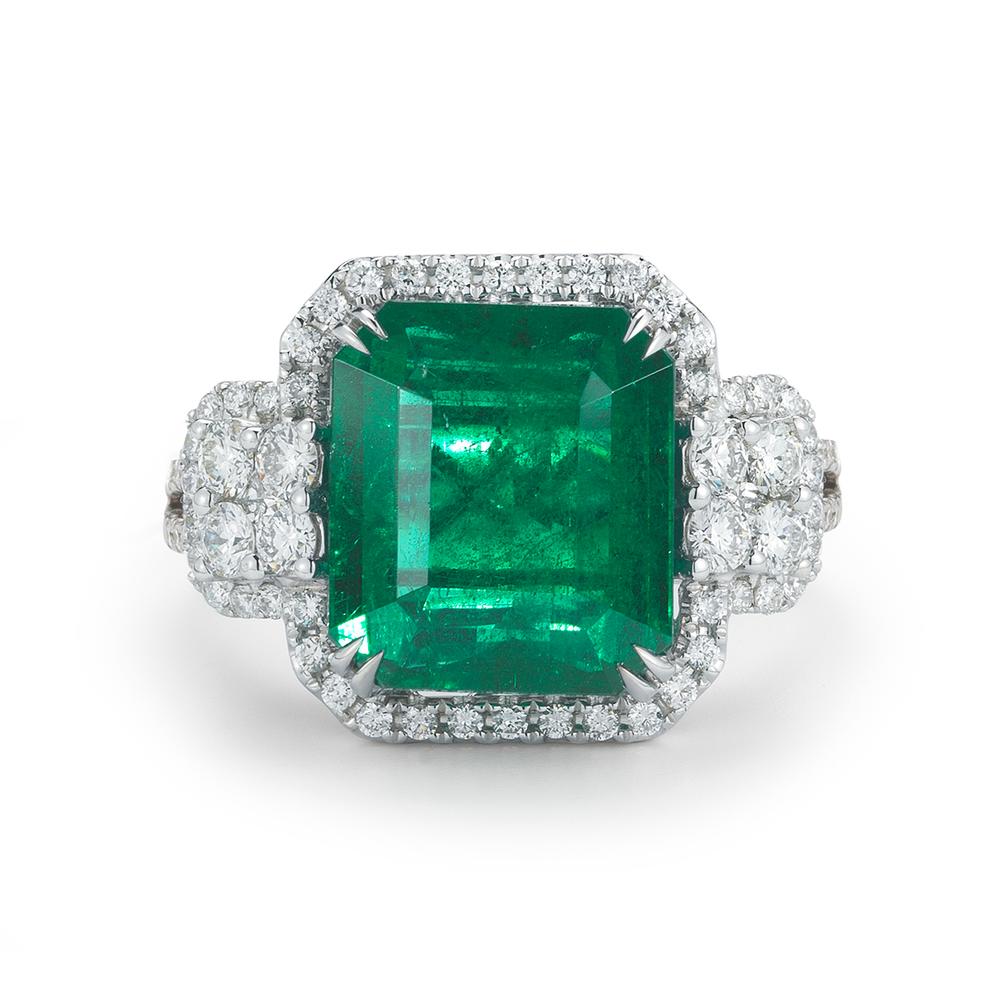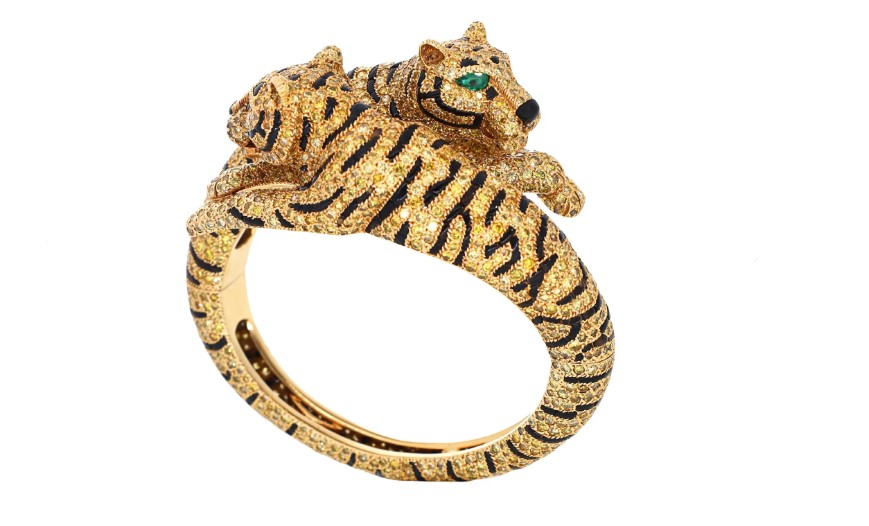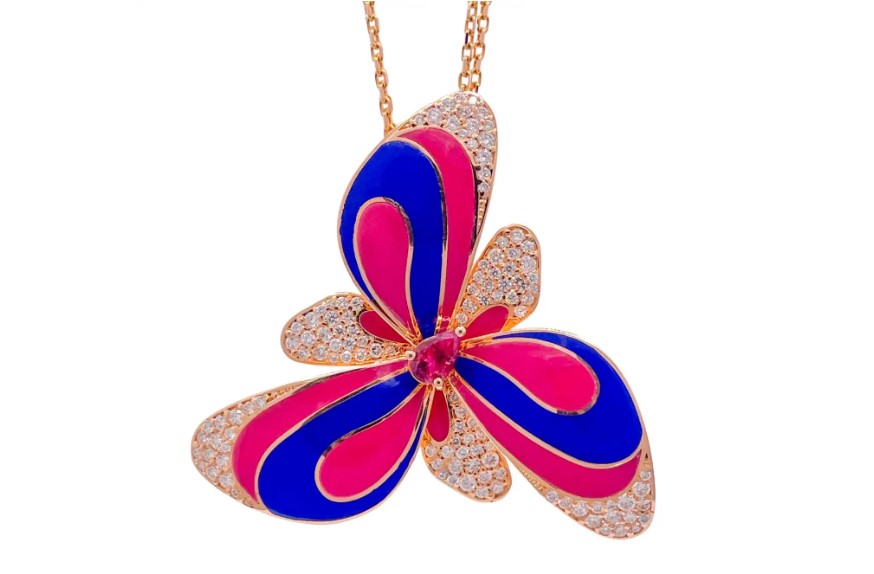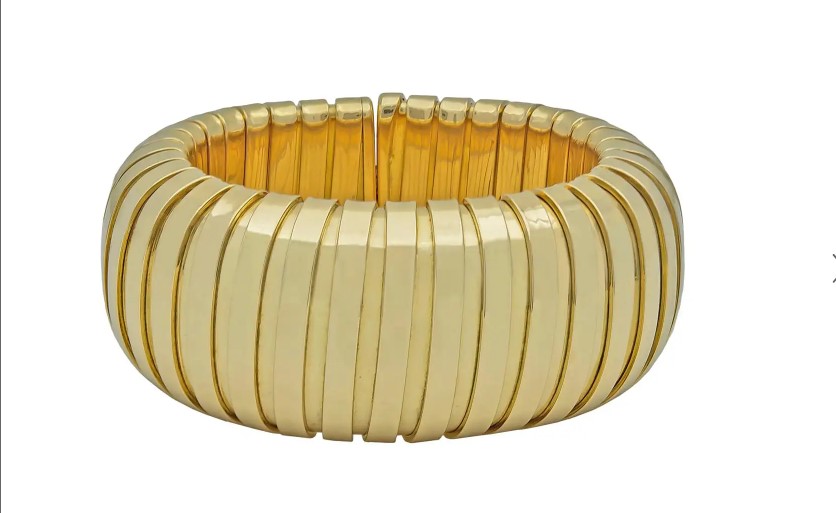Fine Art
Henri Matisse
SHARE
Henri Matisse was one of the most influential and innovative artists of the 20th century. He is known for his mastery of color, his use of bold patterns and shapes, and his unique approach to composition. Matisse began his career as a painter in the late 1800s, but he achieved his greatest success in the first half of the 1900s. In this blog, we will explore the life and work of Henri Matisse, and examine his enduring legacy in the art world.
Matisse was born in Le Cateau-Cambresis, a small town in northern France, in 1869. He began his artistic studies in Paris, but soon moved to the southern city of Nice, where he would live and work for much of his life. At first, Matisse’s paintings were heavily influenced by the Impressionists, with their emphasis on light and color. But over time, he developed his own unique style, characterized by vivid hues, simplified shapes, and flattened forms.
One of the key elements of Matisse’s style was his use of color. He was a master of color theory, and used color to create a sense of space, depth, and movement in his paintings. Matisse believed that color could convey emotion and meaning, and he was not afraid to use bold and unconventional hues in his work. One of his most famous paintings, “The Dance,” is a riot of bright blues, greens, and pinks, and conveys a sense of joy and energy through its vivid colors.
Another important aspect of Matisse’s style was his use of pattern and repetition. He often employed decorative motifs, such as arabesques and foliage, and repeated them throughout a painting to create visual harmony and rhythm. This approach is evident in his famous painting “Red Studio,” in which he uses repeated shapes and patterns to create a sense of movement and vitality.
Matisse’s work was also characterized by a unique approach to composition. He often experimented with unconventional viewpoints and arrangements, breaking with traditional rules of perspective and proportion. In his painting “The Piano Lesson,” for example, he depicts the figures from a bird’s eye view, creating a flattened, almost abstract space.
Throughout his career, Matisse continued to innovate and push the boundaries of art. He experimented with new mediums, such as cut paper and ceramic, and also began to explore sculpture in his later years. One of his most famous sculptures, the “Blue Nudes,” is a series of abstract female figures carved from blue-painted plaster.
Matisse’s legacy in the art world cannot be overstated. His use of color, pattern, and unconventional composition had a profound influence on later generations of artists. In particular, his emphasis on pure color and simplified forms paved the way for the development of abstract art. Today, Matisse’s works can be found in major museums and collections around the world, and continue to inspire and delight art lovers of all ages.
In conclusion, Henri Matisse was a true original, whose contributions to the art world are still being felt today. His use of color, pattern, and unique composition continue to inspire and challenge artists around the world. Whether you are a seasoned art aficionado or a newcomer to the world of art, Matisse’s work is sure to delight and inspire you.
Matisse was born in Le Cateau-Cambresis, a small town in northern France, in 1869. He began his artistic studies in Paris, but soon moved to the southern city of Nice, where he would live and work for much of his life. At first, Matisse’s paintings were heavily influenced by the Impressionists, with their emphasis on light and color. But over time, he developed his own unique style, characterized by vivid hues, simplified shapes, and flattened forms.
One of the key elements of Matisse’s style was his use of color. He was a master of color theory, and used color to create a sense of space, depth, and movement in his paintings. Matisse believed that color could convey emotion and meaning, and he was not afraid to use bold and unconventional hues in his work. One of his most famous paintings, “The Dance,” is a riot of bright blues, greens, and pinks, and conveys a sense of joy and energy through its vivid colors.
Another important aspect of Matisse’s style was his use of pattern and repetition. He often employed decorative motifs, such as arabesques and foliage, and repeated them throughout a painting to create visual harmony and rhythm. This approach is evident in his famous painting “Red Studio,” in which he uses repeated shapes and patterns to create a sense of movement and vitality.
Matisse’s work was also characterized by a unique approach to composition. He often experimented with unconventional viewpoints and arrangements, breaking with traditional rules of perspective and proportion. In his painting “The Piano Lesson,” for example, he depicts the figures from a bird’s eye view, creating a flattened, almost abstract space.
Throughout his career, Matisse continued to innovate and push the boundaries of art. He experimented with new mediums, such as cut paper and ceramic, and also began to explore sculpture in his later years. One of his most famous sculptures, the “Blue Nudes,” is a series of abstract female figures carved from blue-painted plaster.
Matisse’s legacy in the art world cannot be overstated. His use of color, pattern, and unconventional composition had a profound influence on later generations of artists. In particular, his emphasis on pure color and simplified forms paved the way for the development of abstract art. Today, Matisse’s works can be found in major museums and collections around the world, and continue to inspire and delight art lovers of all ages.
In conclusion, Henri Matisse was a true original, whose contributions to the art world are still being felt today. His use of color, pattern, and unique composition continue to inspire and challenge artists around the world. Whether you are a seasoned art aficionado or a newcomer to the world of art, Matisse’s work is sure to delight and inspire you.


